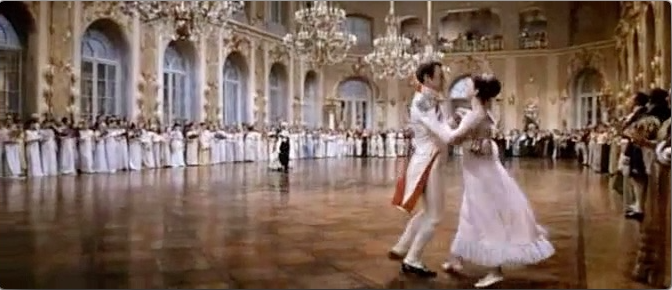What is Dance
Aristotle gives this definition of motion in Physics:
Motion is the fulfilment of what exists potentially, in so far as it exists potentially, namely, of what is alterable qua alterable, of what is movable qua movable,…Motion is in the movable, by the action of that which has the power of causing motion; and the actuality of that which has the power of causing motion is not other than the actuality of the movable, for it must be the fulfilment of both. A thing is capable of causing motion because it can do this, it is a mover because it actually does it. But it is on the movable that it is capable of acting. Hence there is a single actuality of both alike.
This is how Aristotle would interpret the dance scene in Sergei Bondarchuk’s 1966 film adaptation of Tolstoy’s War and Peace:
Dancing is the fulfilment of what is capable and desirous of dancing. Dance is in the danceable, by the action of one who has the power to lead. The actuality of the leader is none other than the follower, for the fulfilment of both is the dance. Prince Andrei is capable of causing dance because he can initiate it. He is the leader because he actually initiates it by inviting Countess Natasha, who is more than capable of dancing. There is a single actuality of both Andrei and Natasha: their dance.


Thank you for the Aristotelian translation, because I certainly needed it. Once again, I realize why I’m petrified of reading Aristotle.
I think where I get hung up is that because a human moves, the act of movement and human become one in my mind, and it’s hard to separate them, when in fact, movement is a “force” or a “thing” unto itself and separate. I guess that makes movement powerless, in that there always must be something to cause it. Does any of that make sense? I confess, physics was my worst subject in high school. 😛
What you say makes sense. Aristotle came up with the notion of Unmoved Mover, partly because motion must have a cause. In a sense, however, a person and his/her movement do become one, as in a dance.